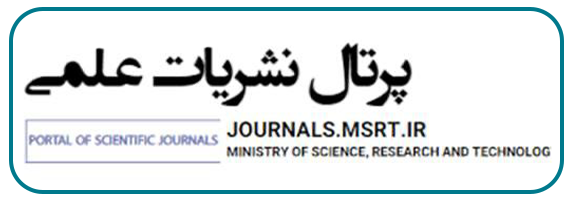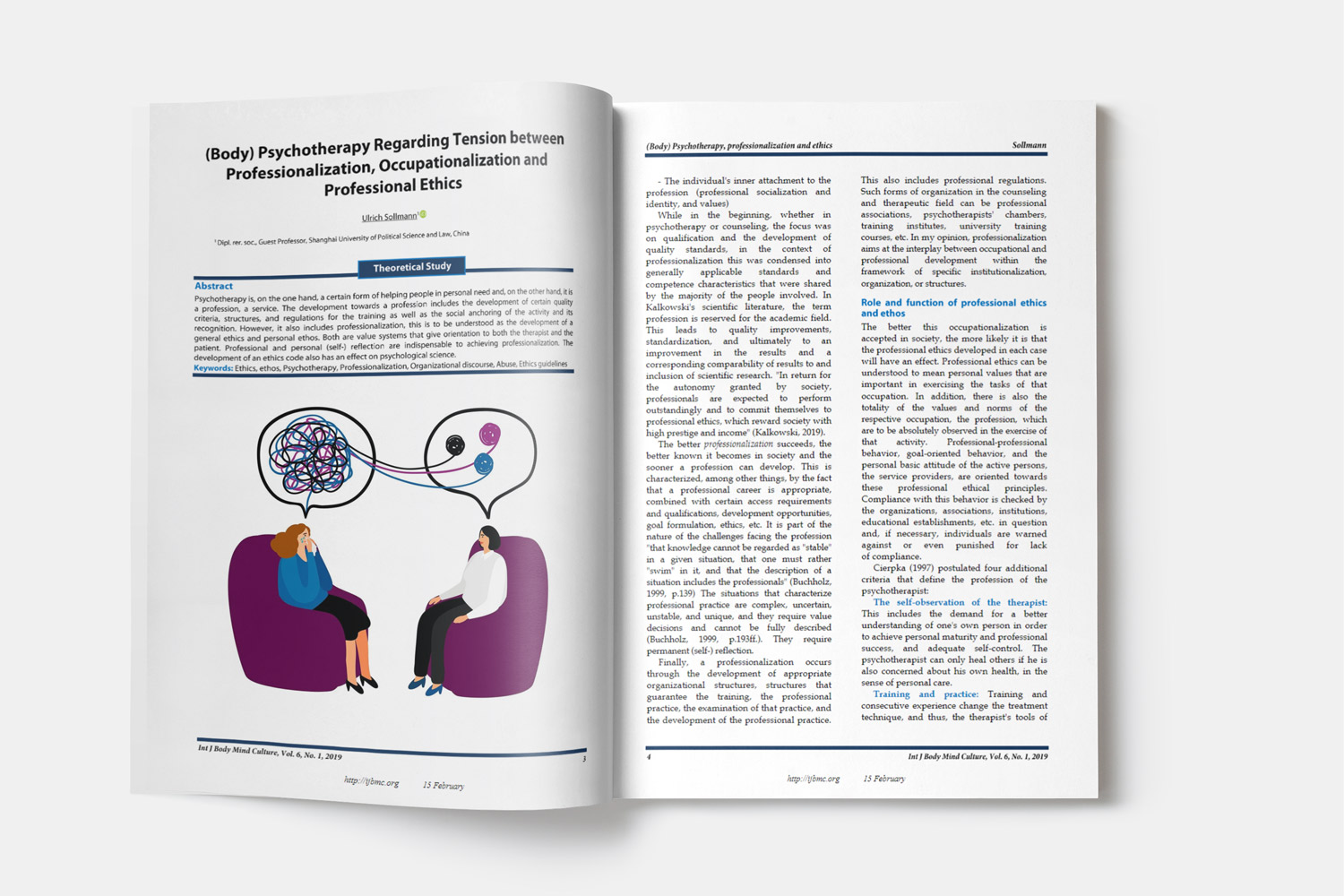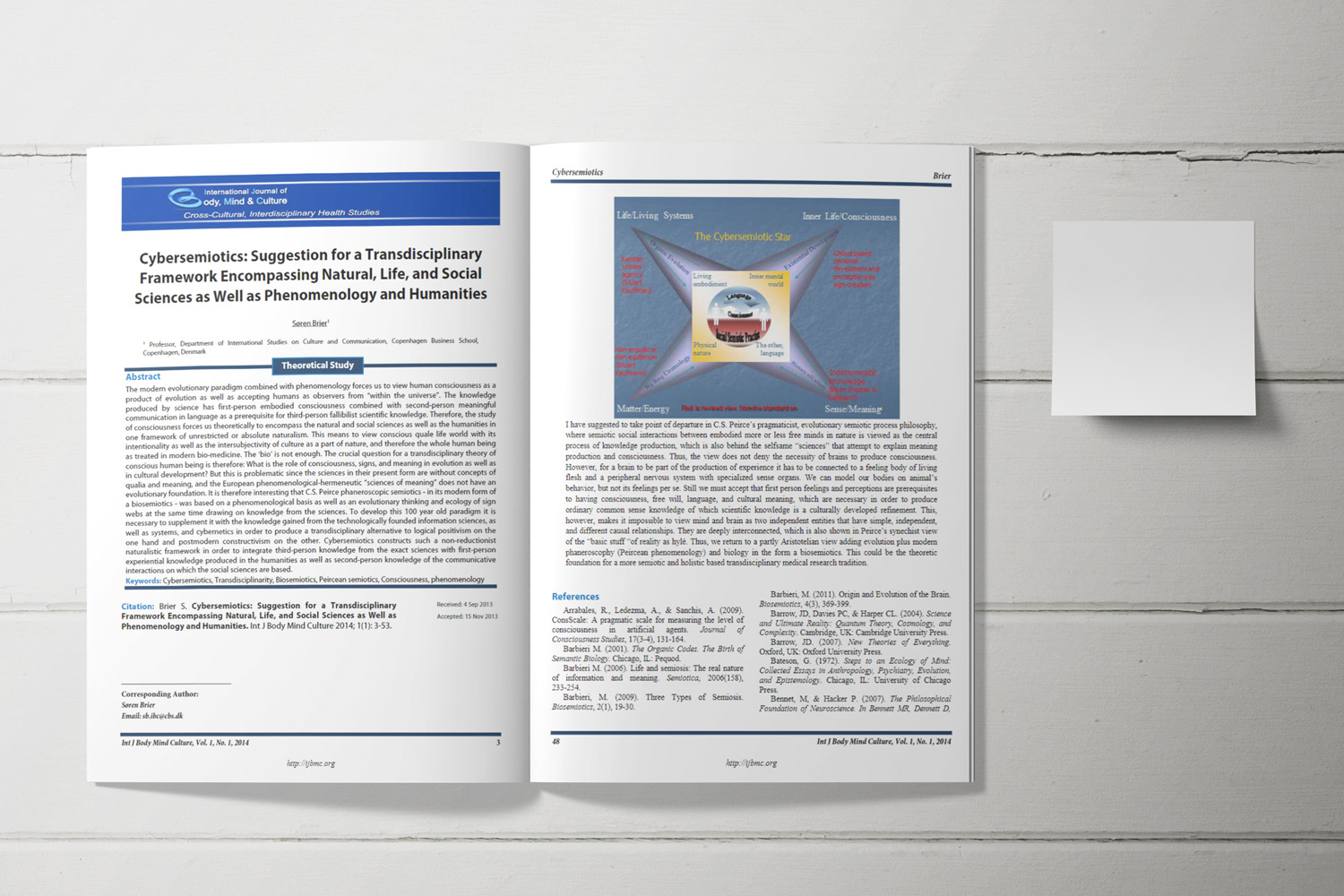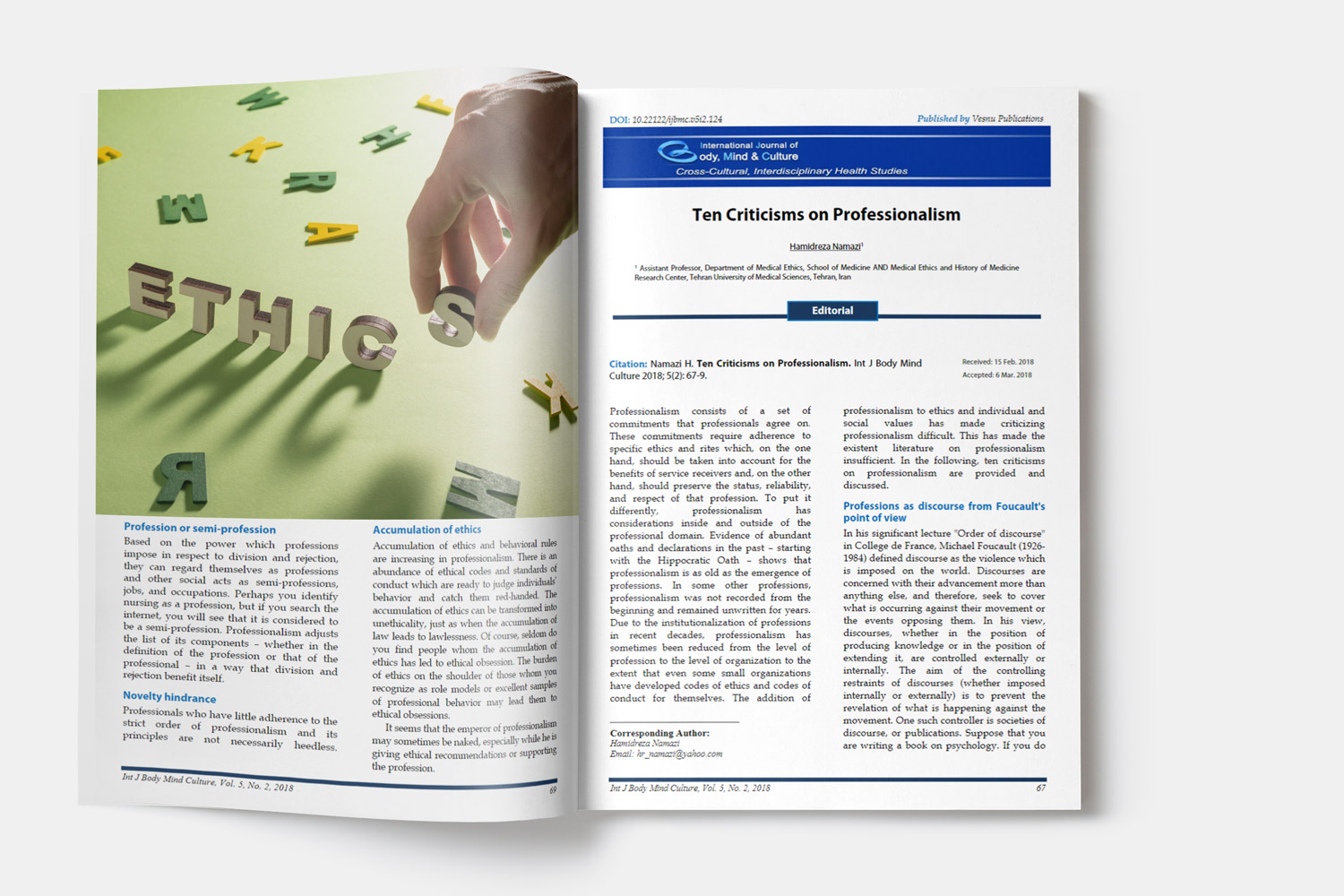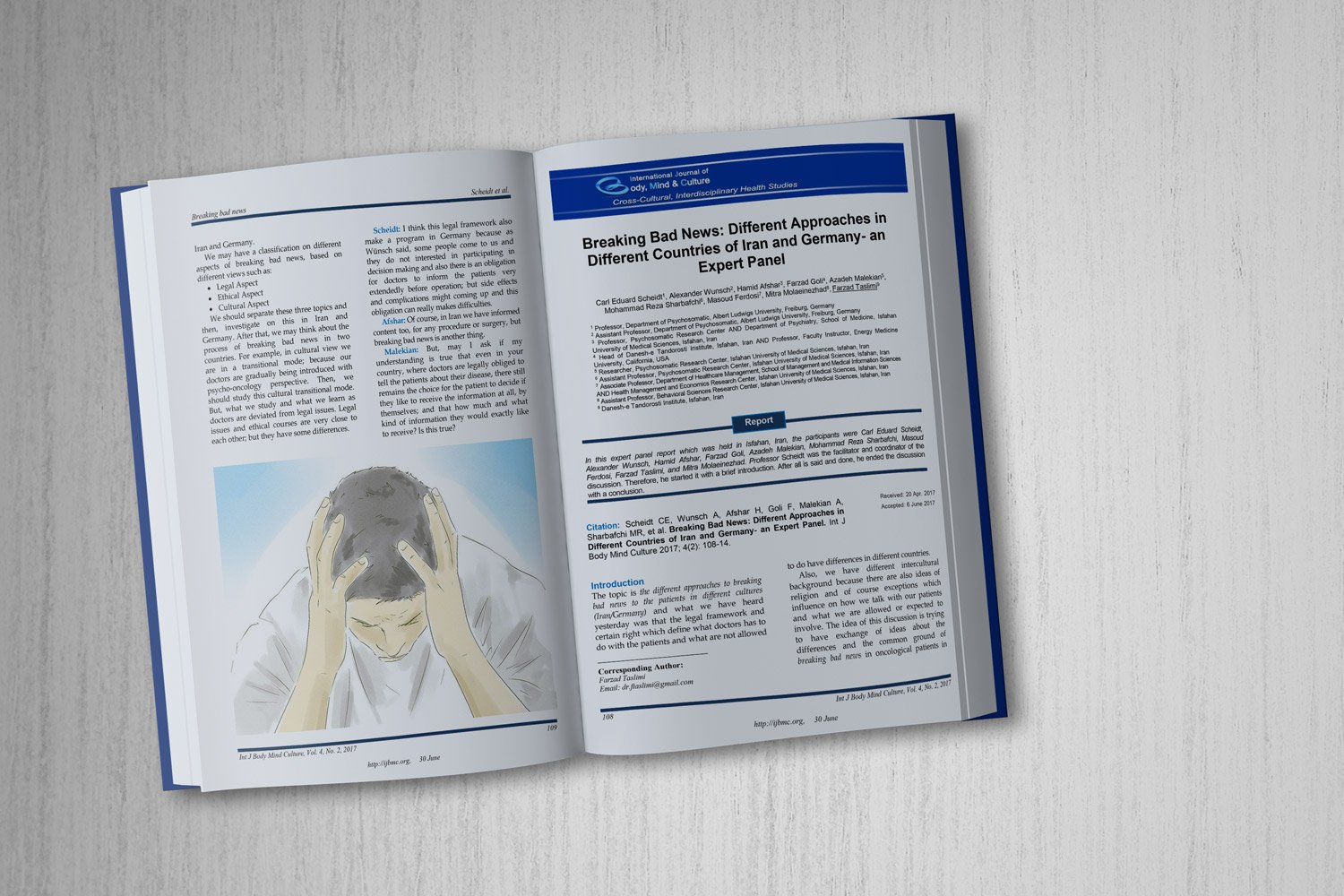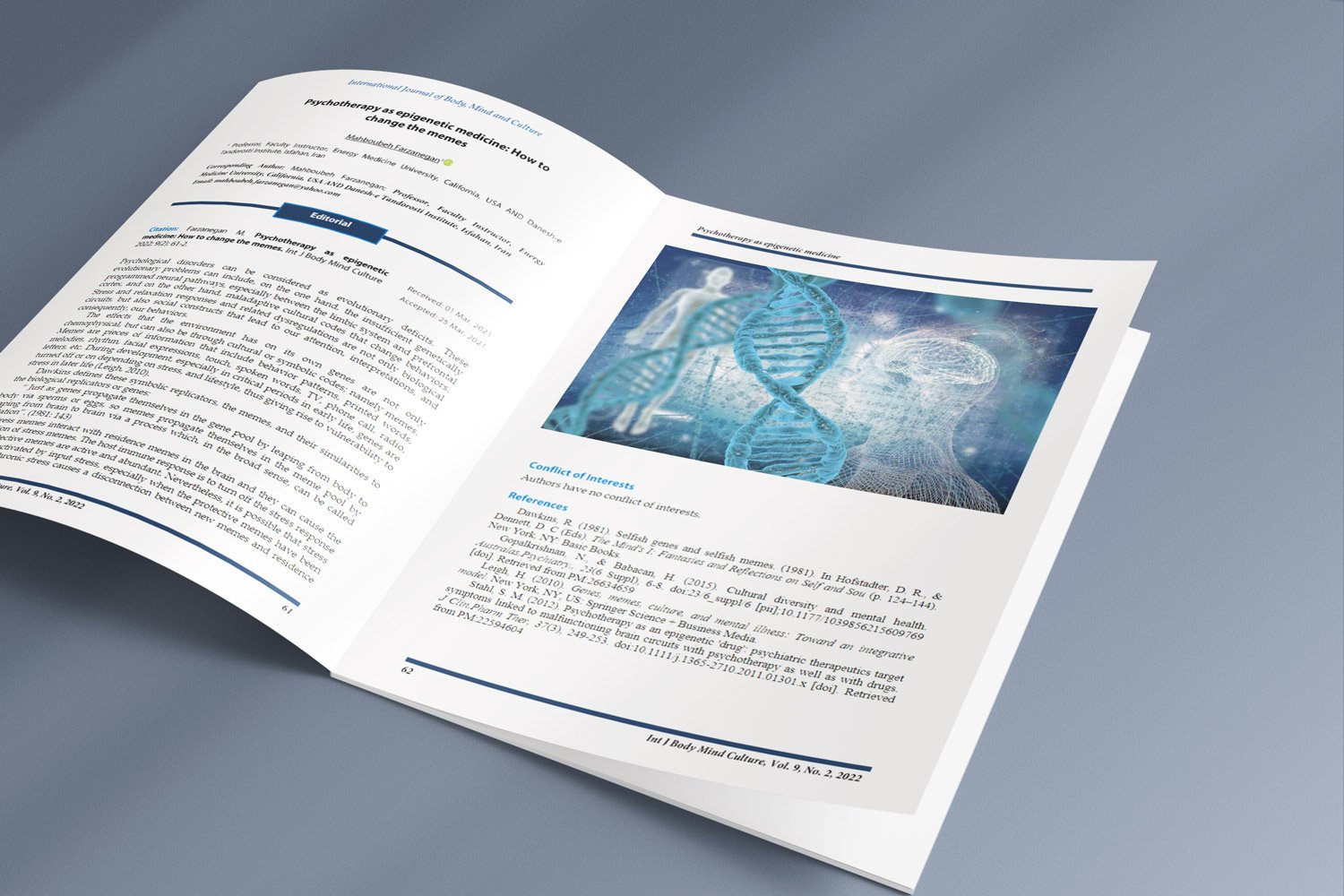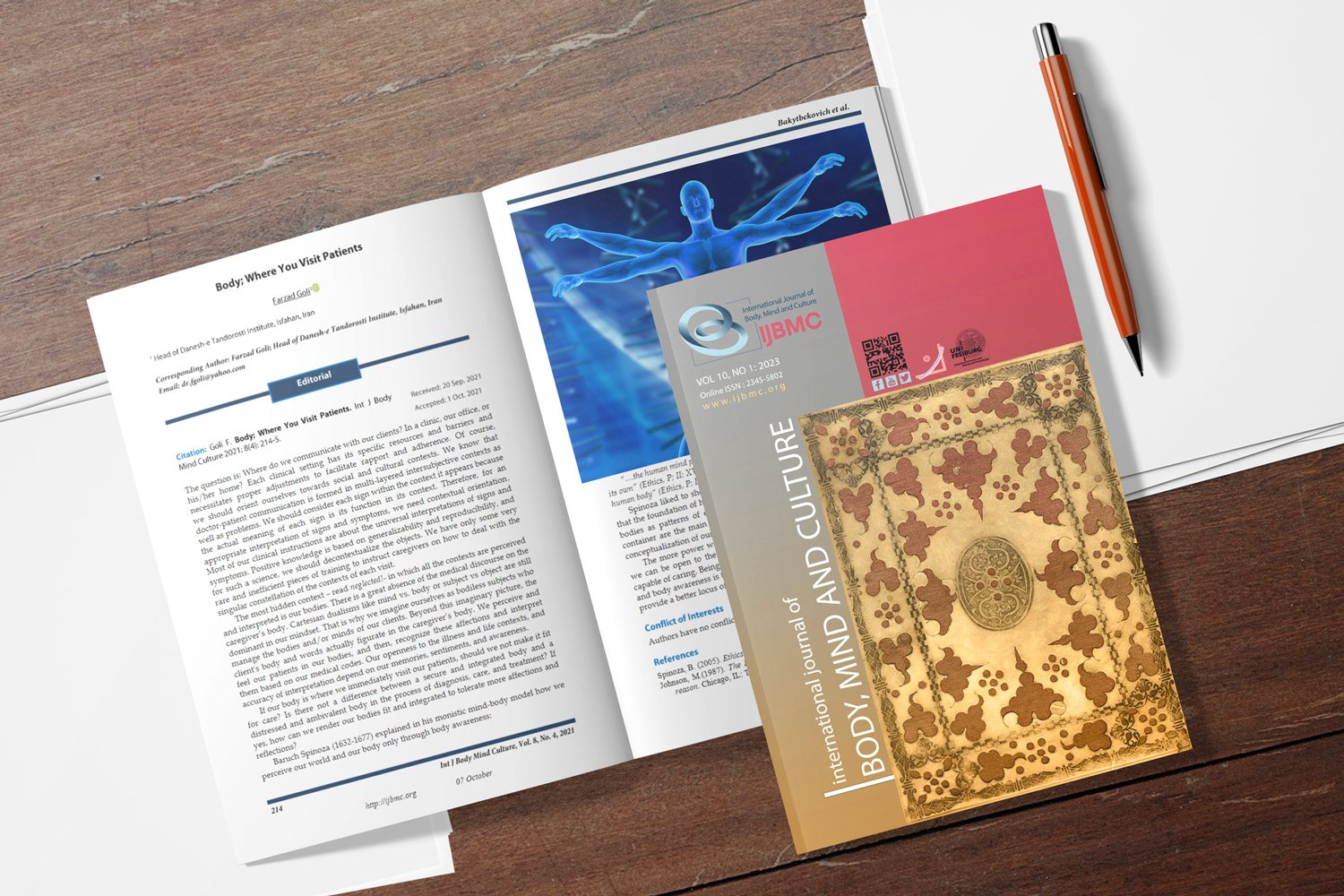Pessimism about Marriage as a Mediator Between Insecure Attachment and Marriage Age in Children of Divorced Parents: A Structural Equation Model
Downloads
Objective: This study aims to examine how pessimism about marriage serves as a mediator in the connection between insecure attachment and the age at which young people marry after experiencing divorce.
Methods and Materials: This study employed a descriptive-correlational research design and structural equation modeling (SEM) approach. The statistical population for this study consisted of all young males and females in Tehran, specifically those between July and November 2023. A sample of 252 young individuals with divorced parents was selected using purposive sampling. The instruments included the Revised Adult Attachment Scale and the Optimism Questionnaire, developed by Shier and Carver (1985). Data were analyzed using SPSS version 27 and SmartPLS version 3 software.
Findings: The results showed that pessimism about marriage has a significant impact on delaying the marriage age of young individuals (β = 0.318, p < 0.001). Similarly, avoidant attachment style also contributes to an increase in the marriage age of young people (β=0.673, p<0.001). Additionally, both avoidant and anxious attachments are positively associated with pessimism about marriage. Furthermore, feeling anxious about marriage due to pessimism leads to a higher marriage age among young people (β=0.195, p<0.001). Similarly, avoidant attachment due to pessimism about marriage also leads to a delay in the marriage age of young individuals (β=0.095, p=0.001).
Conclusion: It can be concluded that pessimism about marriage and a tendency to avoid attachment lead to a delay in marriage among young individuals following divorce. Additionally, both avoidant and anxious attachment styles contribute to pessimism, which in turn has a positive impact on prolonging the age at which young people get married.
Downloads
Abbaspour, Z., Musavi, S. M., & Amanelahi, A. (2021). The Designing and Effectiveness of a Premarital Education Program on Attitude toward Marriage and Divorce in Children of Divorce. Journal of Woman and Family Studies, 9(3), 56-77. https://doi.org/10.22051/jwfs.2021.35267.2655
Arocho, R., & Purtell, K. (2020). Will i stay married?: Exploring predictors of expectations to divorce in unmarried young adults. Emerging Adulthood, 8(2), 118-132. https://doi.org/10.1177/2167696818790826
Bagi, M., & Hosseini, H. (2021). Investigating Generational Differences in the Attitudes towards Divorce in Iran Using Multi-Level Modeling. Strategic Research on Social Problems in Iran, 10(3), 23-44. https://doi.org/10.22108/srspi.2021.132060.1764
Barati, H. (2022). Exploring girls' perceptions of and reasons for delaying marriage (case study: South Khorasan province). Scientific Quarterly of Social-Cultural Studies of Khorasan, 17(1), 7-34. https://doi.org/10.22054/QCCPC.2022.62748.2761
Busby, D. M., Hanna-Walker, V., & Yorgason, J. B. (2020). A closer look at attachment, sexuality, and couple relationships. Journal of Social and Personal Relationships, 37(4), 1362-1385. https://doi.org/10.1177/0265407519896022
D'Rozario, A. B., & Pilkington, P. D. (2022). Parental separation or divorce and adulthood attachment: The mediating role of the Abandonment schema. Clinical Psychology & Psychotherapy, 29(2), 664-675. https://doi.org/10.1002/cpp.2659
Damota, M. D. (2019). The effect of divorce on families' life. Journal of Culture, Society and Development, 48, 25-31. https://doi.org/10.7176/JCSDVol.46
Dardashti, H. D., Zarbakhsh, M. R., & Tavakoli, R. M. (2023). The mediating role of marriage horizon components in the relationship between attachment styles and attitudes toward marriage. Applied Family Therapy Journal (AFTJ), 4(4), 203-224. https://doi.org/10.22034/aftj.2023.347706.1647
El Frenn, Y., Akel, M., Hallit, S., & Obeid, S. (2022). Couple's Satisfaction among Lebanese adults: validation of the Toronto Alexithymia Scale and Couple Satisfaction Index-4 scales, association with attachment styles and mediating role of alexithymia. BMC psychology, 10(1), 13. https://doi.org/10.1186/s40359-022-00719-6
Gholami, Z., Sanai, B., Kiamanesh, A., & Zahrakar, K. (2020). Predicting marital satisfaction based on emotional maturity and attitude to marriage between men and women with early and normal age marriage. Family Counseling and Psychotherapy, 10(1), 151-178. https://doi.org/10.22034/fcp.2020.61741
Gündoğdu, A. H., & Bulut, S. (2022). The positive and negative effects of late marriage. Open Journal of Depression, 11(4), 63-71. https://doi.org/10.4236/ojd.2022.114005
Harris, V. W. (2022). The Impact of Attachment Styles on Attitudes Toward Marriage: The Mediating Role of Emotional Intimacy Cheolwoo Park1. https://doi.org/10.1177/10664807221124271
Hosseini, Z., TajicEsmaeili, A., & Mohsenzadeh, F. (2022). The effect of teaching the concepts of The choice theory on marital attitude in marring people according to attachment style. Knowledge & Research in Applied Psychology, 22(4), 43-57. https://doi.org/10.30486/jsrp.2019.1863480.1727
Kiani Chelmari, A., Shahbazi, N., Hasanzade, A., & Jamshidian Naeini, Y. (2021). Predicting marital adjustment, satisfaction and Psychological Distress (depression and Anxiety) based on Perception of Parents marriage and Attachment Styles in Married Women. Rooyesh-e-Ravanshenasi Journal (RRJ), 10(6), 1-10. http://frooyesh.ir/article-1-2726-en.html
Mousavinasab, S. M. H., & Taghavi, S. (2007). Optimism-pessimism and coping strategies: prediction of psychological adjustment in adolescents. https://www.sid.ir/paper/16622/en
Obeid, S., Al Karaki, G., Haddad, C., Sacre, H., Soufia, M., Hallit, R., & Hallit, S. (2021). Association between parental divorce and mental health outcomes among Lebanese adolescents: results of a national study. BMC pediatrics, 21, 1-9. https://doi.org/10.1186/s12887-021-02926-3
Park, C., & Harris, V. W. (2023). The Impact of Attachment Styles on Attitudes Toward Marriage: The Mediating Role of Emotional Intimacy. The Family Journal, 31(2), 269-277. https://doi.org/10.1177/10664807221124271
Roper, S. W., Fife, S. T., & Seedall, R. B. (2020). The intergenerational effects of parental divorce on young adult relationships. Journal of Divorce & Remarriage, 61(4), 249-266. https://doi.org/10.1080/10502556.2019.1699372
Roshan Chesli, R., Farahani, H., & Morvaridi, M. (2023). Developing and Evaluating a Structural Model of the Relationship Between Attachment Styles and Emotional Schemas Related to the Desire for Marriage Regarding the Mediating Variable of Emotion Regulation and Cognitive Flexibility. Clinical Psychology and Personality, 21(1), 57-72. https://doi.org/10.22070/cpap.2023.16191.1227
Scheier, M. F., & Carver, C. S. (1985). Optimism, coping, and health: assessment and implications of generalized outcome expectancies. Health Psychology, 4(3), 219. https://doi.org/10.1037/0278-6133.4.3.219
Seyed Hashemi, S. G., Fathi Ahmadabadi, Z., Yaghoubi, H., Hosseinzadeh Khanmiri, B., & Shokrani, R. (2022). Explaining hypersexual behaviors based on attachment styles, psychological dysregulation, and coping strategies in Iranian adolescents. Knowledge & Research in Applied Psychology, 23(2), 169-179. https://doi.org/10.30486/jsrp.2020.1892094.2278
Sommantico, M., Donizzetti, A. R., Parrello, S., & De Rosa, B. (2019). Predicting young adults' Romantic relationship quality: Sibling ties and adult attachment styles. Journal of Family Issues, 40(5), 662-688. https://doi.org/10.1177/0192513X18820381
Torche, F., Fletcher, J., & Brand, J. E. (2024). Disparate Effects of Disruptive Events on Children. RSF: The Russell Sage Foundation Journal of the Social Sciences, 10(1), 1-30. https://doi.org/10.7758/RSF.2024.10.1.01
van Berkel, S. R., Prevoo, M. J., Linting, M., Pannebakker, F., & Alink, L. R. (2024). What about the children? Co-occurrence of child maltreatment and parental separation. Child maltreatment, 29(1), 53-65. https://doi.org/10.1177/10775595221130074
van der Wal, R. C., Levelt, L., Kluwer, E., & Finkenauer, C. (2024). Exploring Associations Between Children's Forgiveness Following Parental Divorce and Psychological Well-Being. Family Transitions, 1-23. https://doi.org/10.1080/28375300.2024.2310432
Wharton, N., & Marcano-Olivier, M. (2023). An exploration of ex-boarding school adults' attachment styles and substance use behaviours. Attachment & Human Development, 25(6), 583-597. https://doi.org/10.1080/14616734.2023.2228761
Willoughby, B. J., James, S., Marsee, I., Memmott, M., & Dennison, R. P. (2020). "I'm scared because divorce sucks": Parental divorce and the marital paradigms of emerging adults. Journal of Family Issues, 41(6), 711-738. https://doi.org/10.1177/0192513X19880933
Yacovson, A., Shadach, E., & Levy, S. (2022). Attachment style and prolonged singlehood in the ultra-Orthodox community in Israel. Current Psychology, 41(3), 1311-1322. https://doi.org/10.1007/s12144-020-00654-y
Yasmin, S., Firdous, S., Saqib, S., & Khatoon, T. (2020). Fear of negative evaluation, loneliness and life orientation of never married men and women. Journal of Health, Medicine and Nursing, 71, 26-48. https://doi.org/10.7176/JHMN/71-05
Yılmaz, C. D., Lajunen, T., & Sullman, M. J. (2023). Trust in relationships: a preliminary investigation of the influence of parental divorce, breakup experiences, adult attachment style, and close relationship beliefs on dyadic trust. Frontiers in psychology, 14, 1260480. https://doi.org/10.3389/fpsyg.2023.1260480
Copyright (c) 2025 International Journal of Body, Mind and Culture

This work is licensed under a Creative Commons Attribution-NonCommercial 4.0 International License.






